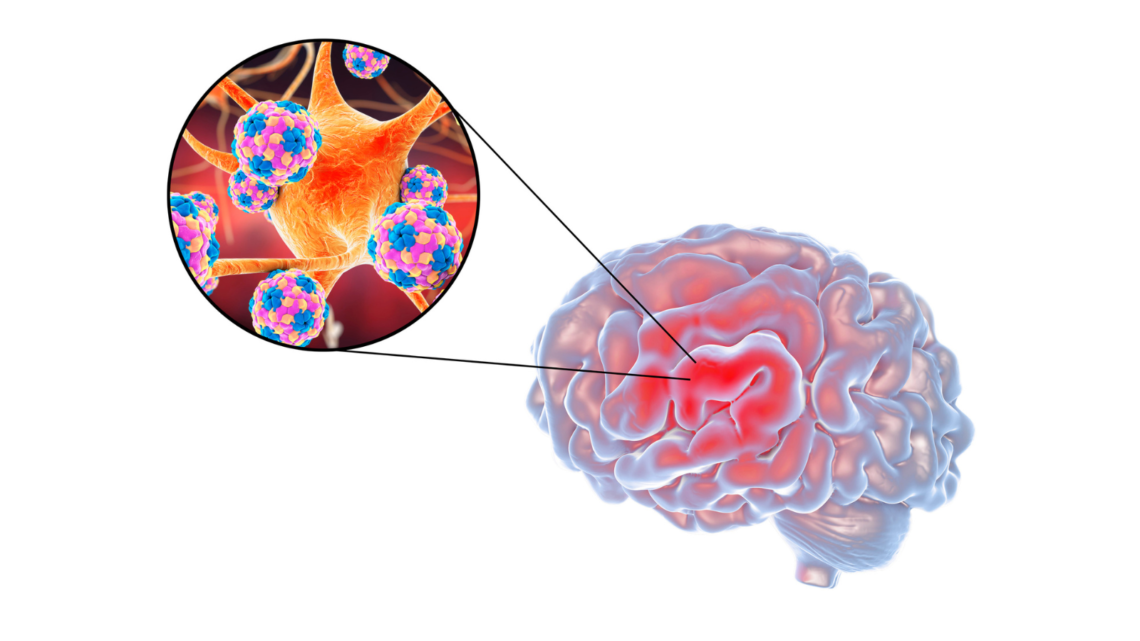
Meningitis Risks, Signs, and Prevention
Meningitis is a serious and often life-altering infection that has the potential to strike anyone, anywhere, and at any time, regardless of age or location. This illness, which affects the membranes surrounding the brain and spinal cord, can lead to an array of severe symptoms and complications that highlight its devastating nature. Affecting over 2.5 million people worldwide each year, meningitis leaves a powerful impact on individuals and families alike, with fatal outcomes in approximately one out of every ten cases. The impact is especially heartbreaking in children under five, who account for nearly half of all meningitis-related deaths worldwide. Surviving meningitis often comes with its own challenges, as roughly one in five survivors live with long-term disabilities, such as hearing loss, brain damage, epilepsy, and even the need for limb amputation. Given the significant impact and the indiscriminate nature of this infection, understanding the symptoms, risk factors, and treatment options is essential for both awareness and prevention.
The symptoms of meningitis, while often mistaken for other ailments in the early stages, can progress rapidly, especially in individuals over the age of two. Common signs include a sudden high fever and stiffness in the neck, accompanied by a severe headache. Other indications might involve nausea, vomiting, and in some cases, confusion or difficulty concentrating. As the infection progresses, seizures, drowsiness, and heightened sensitivity to light can also arise, while appetite loss and, in certain cases like meningococcal meningitis, a skin rash may occur. Recognizing these symptoms is crucial, as early intervention can significantly improve outcomes, especially for bacterial meningitis, which is notably the most severe form of the illness.
In infants and newborns, meningitis symptoms can present differently, adding an additional layer of complexity for concerned parents and caregivers. High fever, continuous crying, and pronounced irritability are some of the first signs. An infected infant may also become notably sleepy, difficult to wake, or display sluggishness or inactivity. Additional signs may include a reluctance to eat or wake for feeding, poor feeding habits, vomiting, and, in some cases, a visible bulge in the soft spot atop the baby’s head. Newborns may also develop stiffness in their neck and body, and in many cases, attempts to console the child may only lead to more intense crying, particularly when the infant is held. This variation in symptoms across age groups underscores the need for parents and caregivers to be vigilant and to seek prompt medical advice when these symptoms appear.
Meningitis can be caused by several infectious agents, including viruses, bacteria, fungi, and parasites. While viral meningitis is the most common and often resolves with minimal medical intervention, bacterial meningitis presents a much more severe threat. Left untreated, bacterial meningitis can lead to death within a matter of days, and delayed treatment increases the likelihood of lasting brain damage. Unlike viral cases, bacterial meningitis demands immediate antibiotic treatment, making early diagnosis and intervention vital to prevent life-threatening complications. While some forms of meningitis improve with limited treatment, others require urgent medical intervention to prevent a rapid escalation of symptoms and potentially fatal outcomes.
Immediate medical care is imperative if there is any suspicion of meningitis, whether it is a family member, friend, or oneself. Early treatment, particularly for bacterial meningitis, can avert many of the infection’s most serious complications and reduce the chance of long-term effects.

